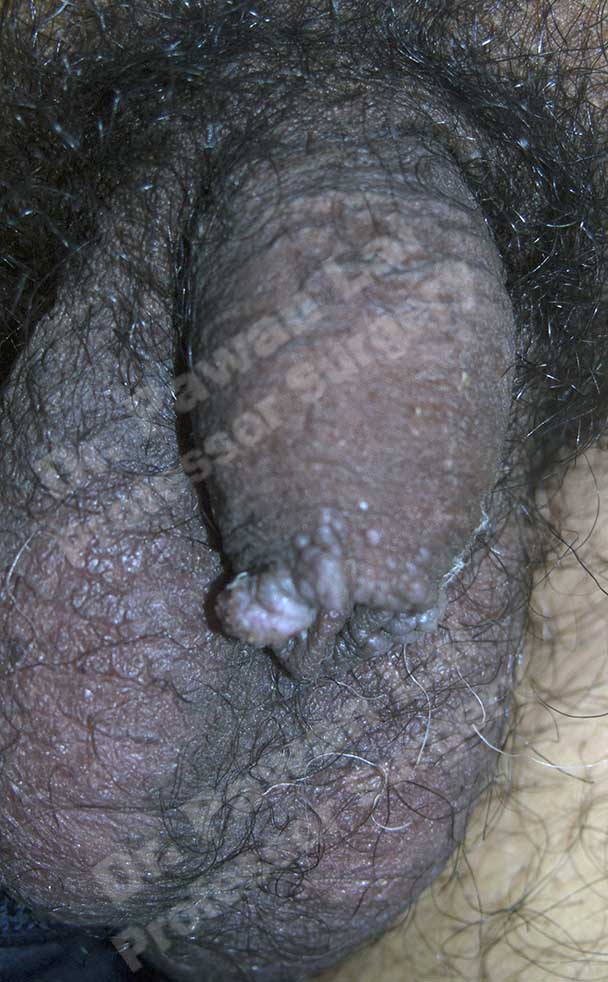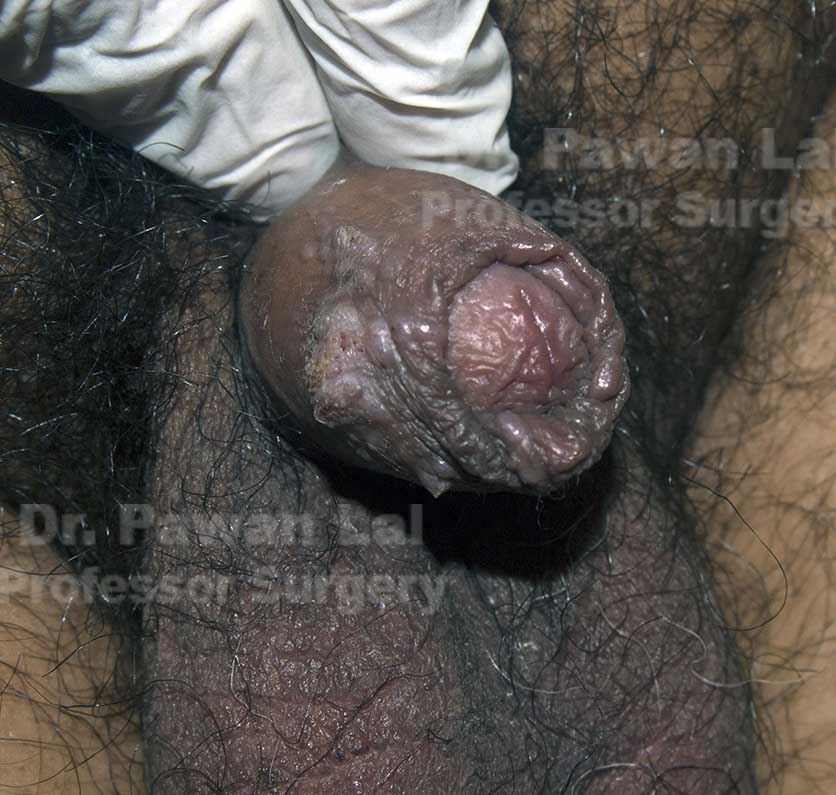GARDASIL 9 Vaccine - human papillomavirus (HPV) vaccine, 9-valent
What is Gardasil 9 vaccine?
Gardasil 9 (human papillomavirus (HPV)) vaccine is used in both females and males.
Human papillomavirus (HPV) can cause genital warts, cancer of the cervix, anal cancer, and various cancers of the vulva or vagina.
Gardasil 9 vaccine is used in girls and women ages 9 through 45 to prevent cervical/vaginal/anal cancers or genital warts caused by certain types of HPV.
Gardasil 9 vaccine is also used in boys and men ages 9 through 45 to prevent anal cancer or genital warts caused by certain types of HPV.
You may receive Gardasil 9 even if you have already had genital warts, or had a positive HPV test or abnormal pap smear in the past. However, this vaccine will not treat active genital warts or HPV-related cancers, and it will not cure HPV infection.
Gardasil 9 vaccine prevents diseases caused only by HPV types 6, 11, 16, 18, 31, 33, 45, 52, and 58. It will not prevent diseases caused by other types of HPV.
The Centers for Disease Control and Prevention (CDC) recommends HPV vaccine for all boys and girls ages 11 or 12 years old. The vaccine is also recommended in teenage boys and girls who have not already received the vaccine or have not completed all booster shots.
Like any vaccine, the Gardasil 9 may not provide protection from disease in every person.
Gardasil 9 vaccine will not protect against sexually transmitted diseases such as chlamydia, gonorrhea, herpes, HIV, syphilis, and trichomoniasis.
You may feel faint during the first 15 minutes after receiving this vaccine. Some people have had seizure-like reactions after receiving this vaccine.
Before taking this medicine
To make sure Gardasil 9 vaccine is safe for you, tell your doctor if you have ever had:
-
an allergy to yeast, polysorbate 80, or to other vaccines;
-
a weak immune system (caused by conditions such as HIV or cancer); or
-
treatment with cancer medicine, steroids, or other drugs that can weaken your immune system.
Tell your doctor if you are pregnant or plan to become pregnant. If you get pregnant before you receive all needed doses of this vaccine, you may need to wait until after your baby is born to finish the series of shots.
How is Gardasil 9 vaccine given?
Gardasil 9 vaccine is given as an injection (shot) into a muscle in your upper arm or thigh.
Gardasil 9 vaccine is given in a series of 2 or 3 shots. You may have the first shot at any time as long as you are between the ages of 9 and 45 years. The second dose is given 2 to 6 months after your first shot. A third dose may be given 6 to 12 months after your first shot.
Be sure to receive all recommended doses of this vaccine or you may not be fully protected against disease.
Gardasil 9 Dosing Information
Usual Adult Dose for Human Papillomavirus Prophylaxis
Cervarix(R):
Females, up to 25 years old: 0.5 mL, intramuscularly, at 0, 1, and 6 months
Gardasil(R):
Females and males, up to 26 years: 0.5 mL, intramuscularly, at 0, 2, and 6 months
Gardasil 9(R):
Females and males, up to 45 years: 0.5 mL, intramuscularly, at 0, 2, and 6 months
Uses: For the prevention of cervical, vulvar, and anal cancer caused by Human Papillomavirus (HPV) in females, and prevention of anal cancer, genital warts, and anal intraepithelial neoplasia cause by HPV in males.
Usual Adult Dose for Human Papillomavirus Prophylaxis:
Aged 15 to 45 years: 0.5 mL, IM, at 0, 2, and 6 months.
Usual Pediatric Dose for Human Papillomavirus Prophylaxis:
Aged 9 to 14 years: 0.5 mL, IM, at 0, 2, and 6 months OR 0.5 mL IM, at 0 and a second dose between 6 and 12 months later.
Uses: For the prevention of cervical, vulvar, and anal cancer caused by Human Papillomavirus (HPV) in females, and prevention of anal cancer, genital warts, and anal intraepithelial neoplasia cause by HPV in males.
Frequently Asked Questions
The next dose should be given as soon as possible. There is no need to start over.
Gardasil 9 vaccine side effects
Common Gardasil 9 side effects may include:
Human papillomavirus vaccine Side Effects (Applies to human papillomavirus vaccine: intramuscular suspension)
Side effects requiring immediate medical attention
Along with its needed effects, human papillomavirus vaccine may cause some unwanted effects. Although not all of these side effects may occur, if they do occur they may need medical attention.
Less common
Incidence not known
- Anxiety
- back, leg, or stomach pains
- bleeding gums
- chest pain
- chills
- cough
- dark urine
- difficulty with breathing
- difficulty with swallowing
- dizziness or lightheadedness
- fainting
- fast heartbeat
- general body swelling
- headache
- hives or welts, itching, or skin rash
- loss of appetite
- nausea
- nosebleeds
- pale skin
- puffiness or swelling of the eyelids or around the eyes, face, lips, or tongue
- redness of the skin
- seizures
- sore throat
- swollen, painful, or tender lymph glands in the neck, armpit, or groin
- tenderness, pain, swelling, warmth, skin discoloration, and prominent superficial veins over the affected area
- tightness in the chest
- unusual tiredness or weakness
- vomiting
- yellowing of the eyes or skin
Less common
-
Diarrhea
-
difficulty with moving
-
joint pain or swelling
-
muscle ache, cramps, pain, or stiffness
-
upper abdominal or stomach pain
Rare
-
Body aches or pain
-
ear congestion
-
loss of voice
-
nasal congestion
-
runny nose
-
sneezing
Incidence not known
-
Bloating
-
constipation
-
dark urine
-
difficulty with moving
-
indigestion
-
pain, swelling, or redness at the injection site
-
pains in the stomach, side, or abdomen, possibly radiating to the back
For Healthcare Professionals
Applies to human papillomavirus vaccine: intramuscular suspension
General
The most common adverse events were injection site reactions, fatigue, headache, and myalgia.[Ref]
Local
Very common (10% or more): Injection site pain (91.9%), injection site swelling (49%), injection site erythema (48.4%)
Common (1% to 10%): Injection site pruritus, injection site hematoma, injection site induration, injection site hemorrhage, injection site warmth, injection site mass, injection site reaction
Postmarketing reports: Injection site cellulitis
Very common (10% or more): Fatigue (54.6%), headache (53.4%), pyrexia (13%), fever of 99.5F or higher (12.9%)
Common (1% to 10%): Chlamydia infection, malaise
Uncommon (0.1% to 1%): Death
Musculoskeletal
Very common (10% or more): Myalgia (48.8%), arthralgia (20.7%)
Common (1% to 10%): Back pain
Gastrointestinal
Common (1% to 10%): Nausea, diarrhea, vomiting, abdominal pain upper, toothache
Rare (less than 0.1%): Appendicitis, gastroenteritis
Respiratory
Common (1% to 10%): Nasopharyngitis, oropharyngeal pain, influenza, cough, nasal congestion, upper respiratory tract infection, pharyngitis
Rare (0.01% to 0.1%): Pneumonia, pulmonary embolism, asthma
Very rare (less than 0.01%): Bronchospasm
Frequency not reported: Asthmatic crisis
Nervous system
Common (1% to 10%): Dizziness, migraine
Rare : Acute disseminated encephalomyelitis, Guillain-Barre syndrome, motor neuron disease, paralysis, seizures, syncope (including syncope associated with tonic-clonic movements and other seizure-like activity) sometimes resulting in falling with injury, transverse myelitis
Immunologic
Common (1% to 10%): New medical conditions potentially indicative of systemic autoimmune disorders
Hypersensitivity
Common (1% to 10%): Injection site hypersensitivity
Frequency not reported: Allergy to vaccine
Hematologic
Uncommon (0.1% to 1%): Lymphadenopathy
Psychiatric
Common (1% to 10%): Insomnia
Genitourinary
Common (1% to 10%): Dysmenorrhea, vaginal infection, urinary tract infection
Rare (less than 0.1%): Pelvic inflammatory disease, pyelonephritis
Dermatologic
Common (1% to 10%): Rash, urticaria, itching/pruritus
References
1. "Product Information. Cervarix (human papillomavirus vaccine)." GlaxoSmithKline, Research Triangle Park, NC.
2. "Product Information. Gardasil (human papillomavirus vaccine)." Merck & Company Inc, West Point, PA.
3. Cerner Multum, Inc. "Australian Product Information."
4. Cerner Multum, Inc. "UK Summary of Product Characteristics."
5. "Product Information. Gardasil 9 (human papillomavirus vaccine)." Merck & Company Inc, Whitehouse Station, NJ.
More product information about Gardasil Vaccine click here




